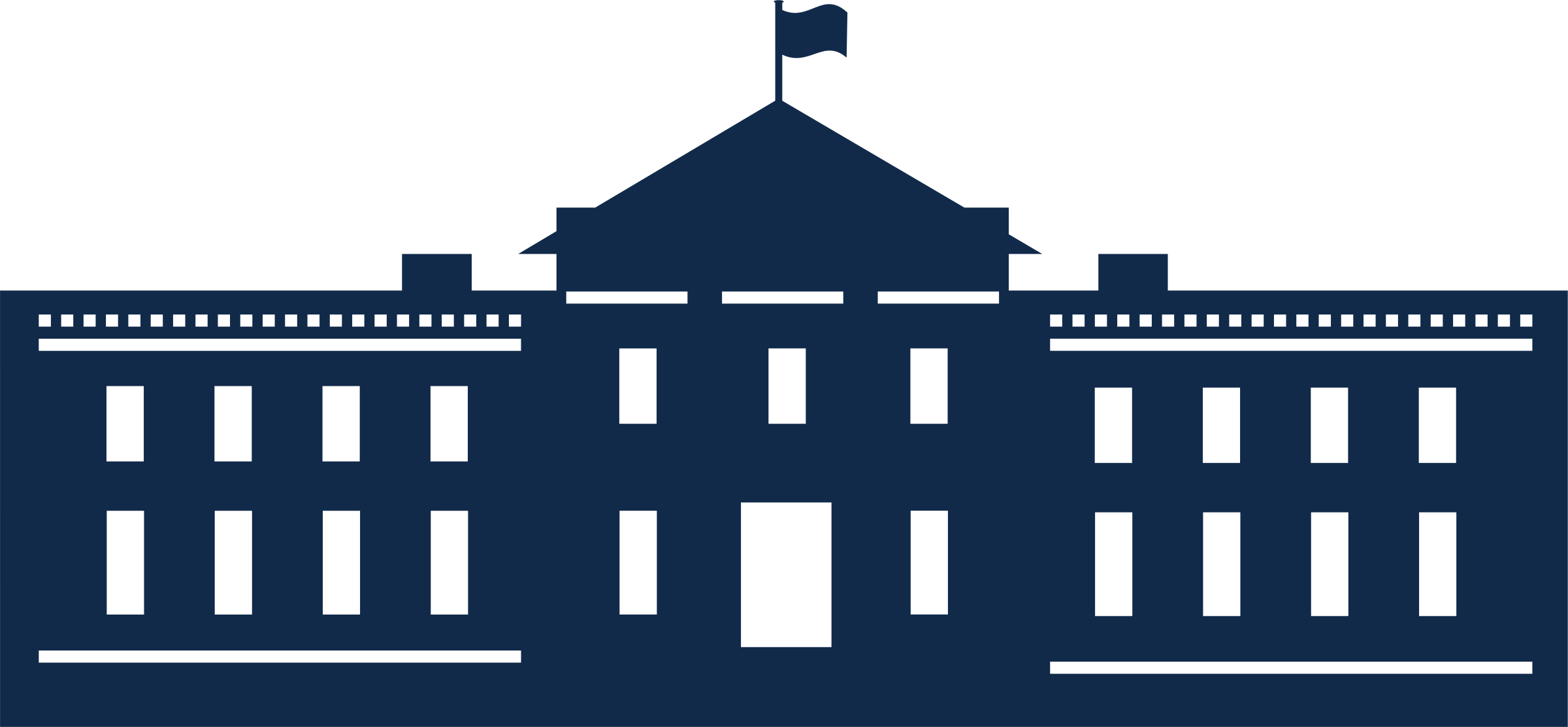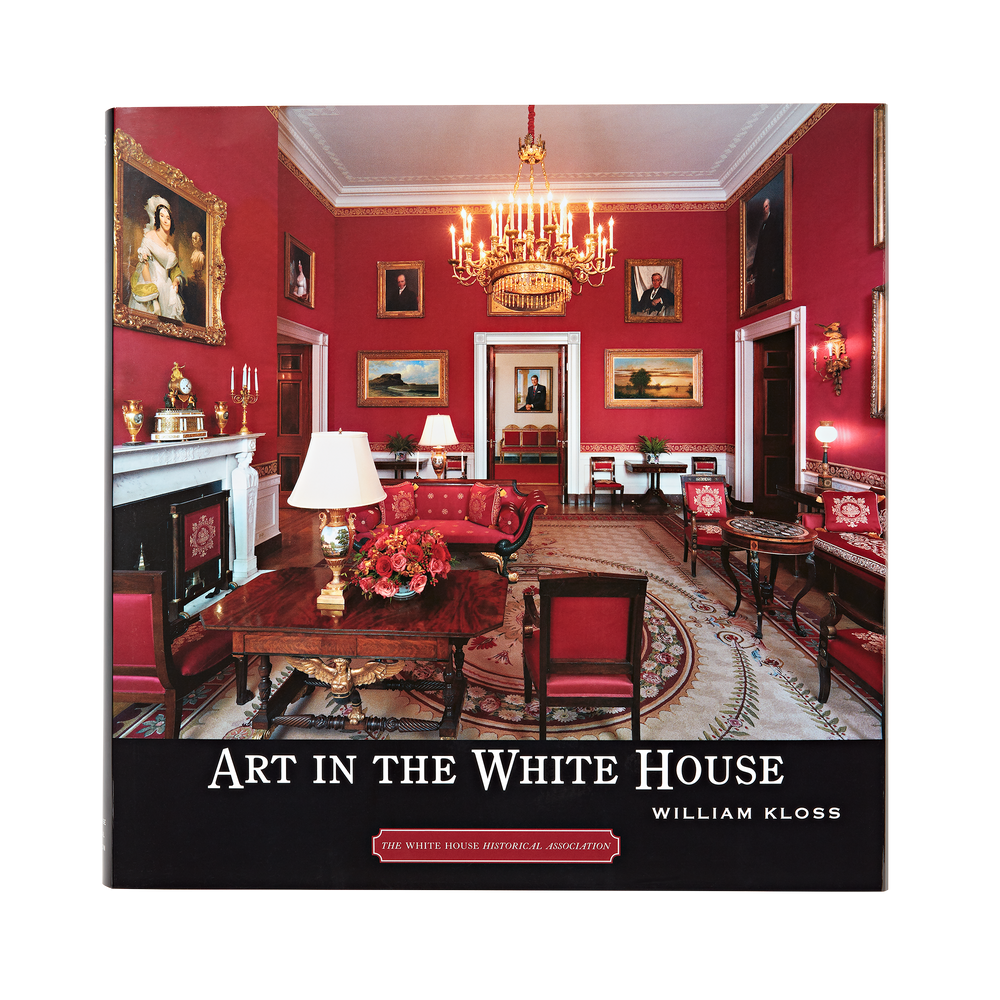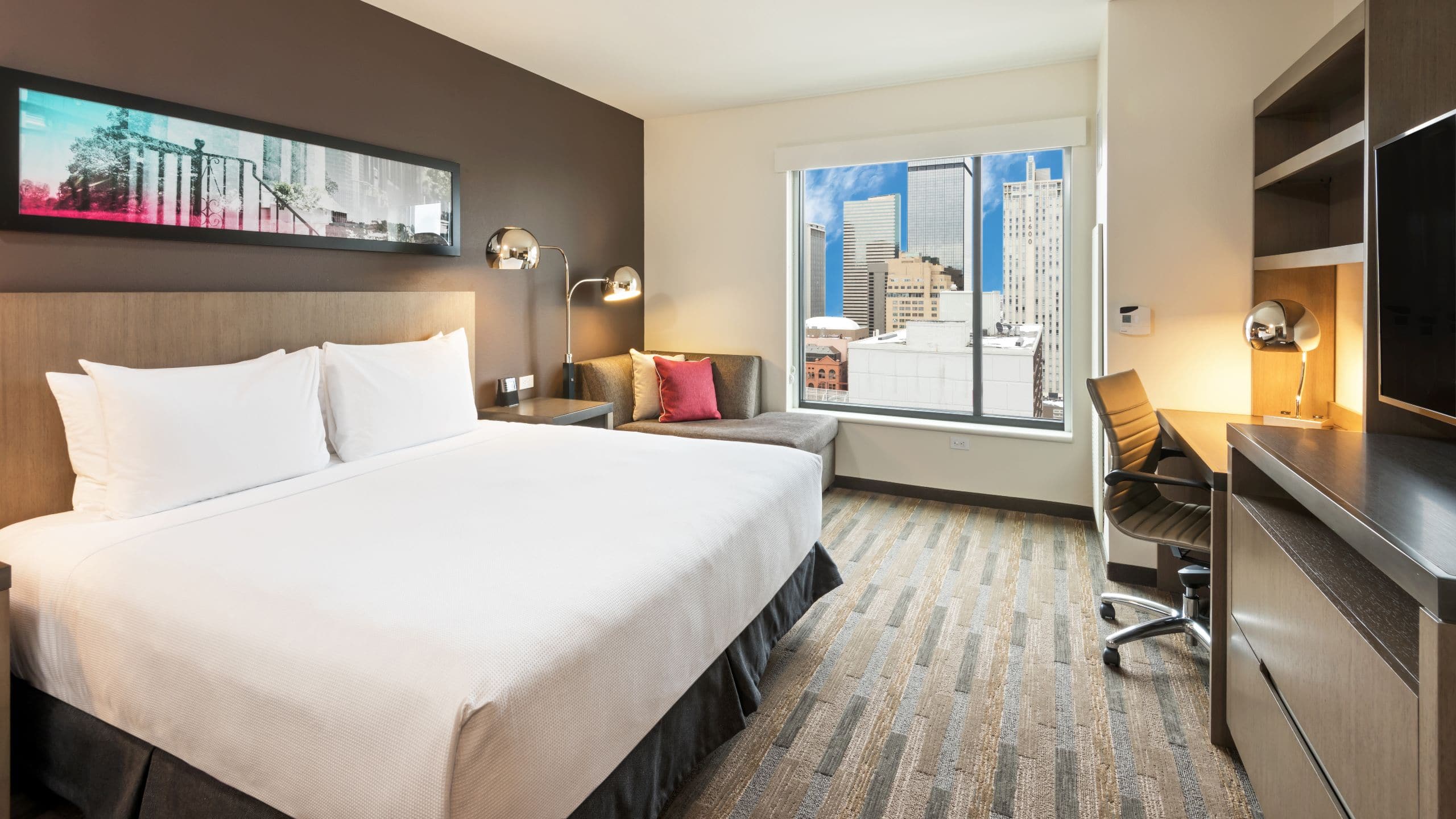Table Of Content

As an exterior paint color, it’s sleek and hides any dirt or debris buildup. For the Wyoming home of Emily Janak, the designer chose a black protective coating to update the previously mint green and white one. A cream and burnt orange color palette looks especially nice on a Spanish-style home, like the 1926 Los Angeles residence of designer Justina Blakeney. The burnt orange window trim and roofing bring out the warmth in the off-white siding. Red and blue can look elegant if you select deep, rich shades rather than vibrant ones.
“The Back Building”
From 1873 to 1927, the White House received numerous architectural and decorative contributions. Despite architect Latrobe’s suggestions to rebuild it with a new design, its new occupant, President James Madison, decided to restore it and return it to its original appearance, under the supervision of the also original architect, James Hoban. During the War of 1812, much of the city of Washington was burned by the British army. The architect was chosen in a contest that received several proposals and was won by James Hoban. Hoban was persuaded to submit a design by Washington himself, who was the judge, and of course selected it.
Analysis Why is Trump giving someone a 'key to the White House'? - The Washington Post
Analysis Why is Trump giving someone a 'key to the White House'?.
Posted: Wed, 24 Apr 2024 19:09:00 GMT [source]
The Washington National Cathedral
Hoban was awarded the $500 premium on 17 July 1792; the cornerstone was laid on 12 October for a building one-fifth larger, at President Washington's suggestion. During construction, the basement story was essentially eliminated, reducing the three-story residence to two stories raised slightly aboveground in the contemporaneous French manner. The plan called for a large square entry hall on the north on axis with an oval room, resulting in a central semicircular bow on the south.

Warm Gray
Early maps referred to the White House as the “President’s Palace,” but in 1810, the building was officially named “Executive Mansion” in order to avoid any connection to royalty. The residence has also been called “President’s House,” or “President’s Mansion.” In 1901, President Theodore Roosevelt changed the official name to “White House,” a moniker that had been used throughout the 19th century. Each president adds their own personal style to the workspace, choosing artwork from the White House collection or borrowing from museums. Six desks have been used in the Oval Office, the most famous of which is the Resolute desk. Made of wood from the HMS Resolute, the desk is currently in use by President Biden. In 1800, President John Adams and first lady Abigail Adams moved into the still unfinished building on November 1.
The Eisenhower Executive Office Building

Her house, which was owned by Hoban, was moved and reopened off the public land. A routine developed in the workmen’s village that grew up around the White House during its construction. Sunday was a day for hunting and fishing or perhaps taking a coach ride to big-city Baltimore to spend the week’s wages. Dickens was not the only foreign visitor to be disappointed with the White House. The interior was redecorated during various presidential administrations and modern conveniences were regularly added, including a refrigerator in 1845, gas lighting in 1849, and electric lighting in 1891. White House, the official office and residence of the president of the United States at 1600 Pennsylvania Avenue N.W.
Owners collected a wage while continuing to provide clothing and some medical care. The commissioners typically provided workers with housing, two meals per day, and basic medical care. This arrangement allowed the nascent capital to reap the benefits of labor without bearing total responsibility for the workers’ general wellbeing. If an enslaved worker did not show up to work, the overseer simply docked the pay given to the owner.12 Many of the documented enslaved laborers worked on both the White House and the Capitol Building. Because these two projects were so closely intertwined, it is often difficult to determine which laborers specifically worked on the White House between the procurement and production of resources and the shuttling of labor between sites. In addition to constructing the buildings, enslaved individuals also worked the quarries where the stones for the government buildings came from.
Open to the public for free, the White House reflects the nation’s history through the various collections and characters that each of its residents has left on its walls, serving as a global symbol of the American Nation. For the first five years of independence from Britain, beginning in 1783, the US only had a Congress under its original governing document. This document, the Articles of Confederation, had no position of chief executive.
The Complexities of Slavery in the Nation's Capital
For most of his presidency, Harry Truman was not able to live in the house. Today, the White House and/or White House grounds are open periodically to the public for tours. In 1812, war erupted between the United States and Britain over trade disputes and the impressment of American sailors into the Royal Navy.
Instead, public opinion and concern about the effective operation of the executive branch led the government to consider additions to the original building. In 1890, architect Frederick D. Owen, in collaboration with Mrs. Benjamin Harrison, proposed major additions to the White House. Two replicas of the original structure were to be attached to it at right angles via circular colonnaded pavilions, resulting in a U-shaped complex open to the south. A decade later Theodore A. Bingham of the Army Corps of Engineers, working with Owen, proposed that only the two-story circular pavilions be added to create much-needed office space.
Located at the country’s most well-known address, 1600 Pennsylvania Ave in Washington, DC, the White House is America’s most iconic home. The official residence and office of the president of the United States, the White House has been the home of every president since John Adams and the site of some of the most important events in American history. The general layout of the White House grounds today is based on the 1935 design by Frederick Law Olmsted Jr. of the Olmsted Brothers firm, commissioned by President Franklin D. Roosevelt.
In 1829, an inaugural crowd of 20,000 people followed President Andrew Jackson to the White House. He was forced to flee to the safety of a hotel while staff filled washtubs with orange juice and whiskey to lure the mob out of the house. It was almost immediately reconstructed, and a semi-circular South portico and North portico were added a while later.
The first floor of the West Wing includes the Oval Office and the offices of those closest to the president. It also houses meeting rooms and offices for the White House Press Corps. In 1948, President Harry S Truman added a hotly debated balcony to the South Portico, on the second floor. Not long after this construction, it was discovered that the main body of the residence was structurally unstable. The structure was emptied and rebuilt using concrete and steel beams to replace the original wooden beams.
President Truman's most controversial remodeling may have been the addition of what has become known as the Truman Balcony. The second floor private residence of the chief executive had no access to the outdoors, so Truman suggested a balcony be built within the south portico. Visitors are greeted at the north facade, with stately columns and a pedimented portico — very Classical in design. The "back" of the house, the south side with a rounded portico, is the personal "backyard" for the executive.
Like its inhabitants throughout history, the house at 1600 Pennsylvania Ave, Washington DC, has witnessed conflict, controversy, and astonishing transformations. The elegant porticoed mansion we see today is quite different from the austere Georgian-style house designed in 1800 by Irish architect James Hoban, under the presidency of George Washington. The West Wing office complex was built in 1902, allowing the president to move his office out of the executive residence to a more professional environment. It includes modernizations like the Situation Room, which is staffed 24 hours a day to keep the president updated on crucial events around the world. In 1805, upon winning re-election, Thomas Jefferson held the first Inauguration open house at the White House, allowing the public to enter. Presidents are allowed to renovate the White House to fit their personal needs, as well as those of their families.
Aside from the porticos, the main building of the White House remained largely unchanged until 1902. The city of Washington DC (District of Columbia) was established on July 16, 1790, with the site chosen by inaugural president George Washington. Designer Pierre Charles L’Enfant created the map for the new city using inspiration from existing European cities like London, Paris, Madrid, and several cities in Italy. At the time, Washington DC was considered the geographic epicenter of the United States, though this would change during the lengthy era of Westward Expansion.
James Hoban was brought in to rebuild it according to the original design, but this time the sandstone walls were coated with lime-based whitewash. Although the building was often called the "White House," the name did not become official until 1902, when President Theodore Roosevelt adopted it. A key feature of the design of the capital city, the President has lived in a home at 1600 Pennsylvania Avenue since 1800. Although it didn’t bear the name we know it by today – the White House – until around 1811, President John Adams and wife Abigail were the home’s first residents, and it has been the official residence of the president ever since. When the Adamses moved in, the biggest room on the first floor, or State Floor, was the unfinished East Room, which occupied the entire east end of the building and was intended as an audience room for public events. An unfinished oval room (what is now the Blue Room) was at the center of the plan to facilitate public receptions where guests traditionally stood in a circlewaiting to greet the president.

No comments:
Post a Comment